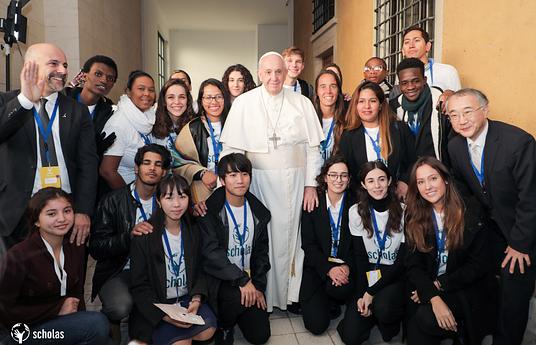1 billion children are in multidimensional poverty with compounded risk of conflict, climate crises and diseases. Prevailing education systems fail to respond to these adversities; and the solutions that exist, over-represent the west. We need fundamental innovation in the design of schools to centre on holistic development of children and integrate the local community for enduring change.
Enduring transformation is possible when the agenda for change is led and owned by communities and is supported by government institutions. A) We partner with a local NGO that understands the culture, context and values of the community and a regional or national government to work in public schools. B) We facilitate a community led design process and use mixed methods research to understand contextual needs and intersectional vulnerabilities with the local partner. C) The insights and vision inform the development of materials like student books, teacher guides, assessment tools and training manuals. D) In a phased manner, this is implemented with a holistic training and coaching approach for teachers and headteachers. E) Structures are created for the community to engage in the learning, governance and decision making of the school. F) A comprehensive evaluation system captures the change in process, perceptions and outcomes and facilitates continuous learning throughout the program.
Reach:40,000+ children directly and 2.5 million children through government adoption in India, Sierra Leone, Armenia. Impact: Sierra Leone, an external RCT evaluation found improvement in Maths and English in six months & we found a significant positive correlation between teacher wellbeing and student outcomes. Classroom observations and surveys across all our partner schools show increased safety, joy and engagement in learning.
Scale: 100,000+ teachers across Delhi & Punjab; +200 schools in conflict affected border regions of Armenia. Expansion: 2 new states in India, Liberia & Nigeria
2028 goals: 125,000 children directly and 4 million children through government adoption. Expand to marginalised contexts of Sub-saharan Africa and South Asia. Share local evidence & public goods
Kizazi would be happy to partner! Our school design program is a multi year process of change. Three unique examples:
a) Seroond Schools: https://sites.google.com/kizazi.org/seroondschools/model
b) SEF schools: https://sites.google.com/kizazi.org/sef-india/model
c) NYAF schools: https://sites.google.com/kizazi.org/nyaf/model
Contact us at - info@kizazi.org

.jpg)

